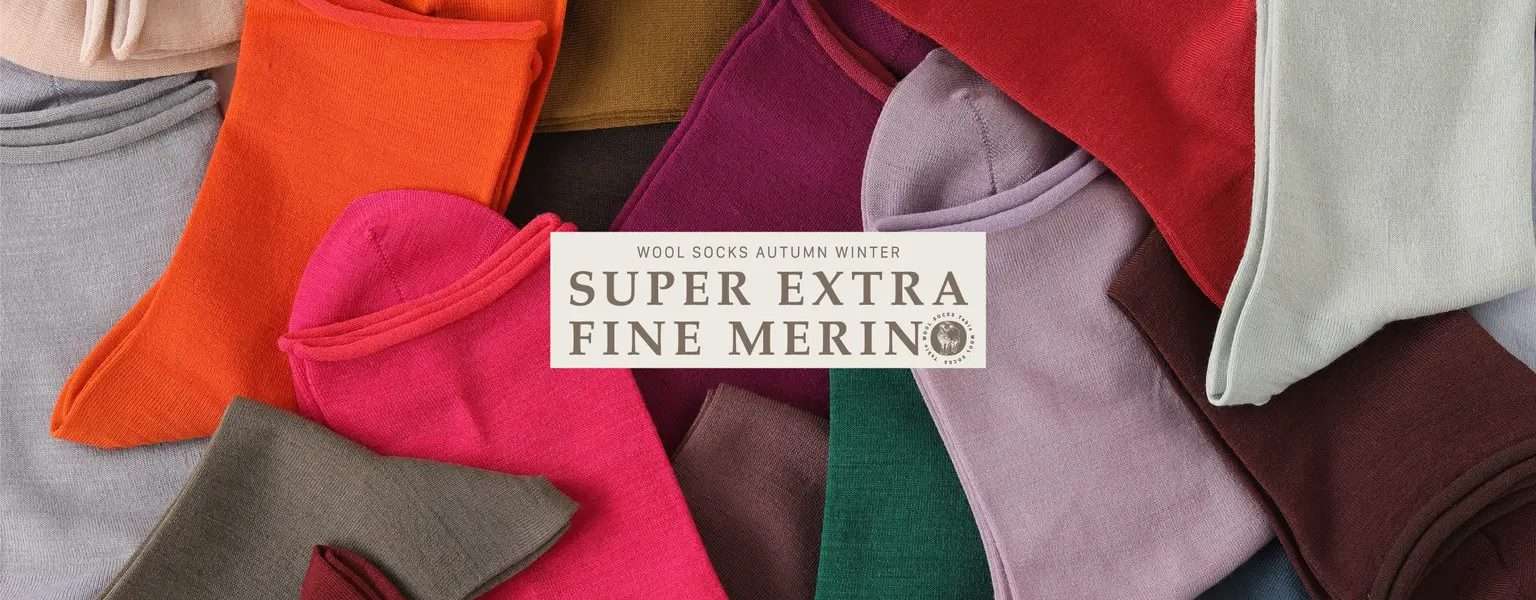Hiking in the summer heat requires careful consideration of your gear, and that includes your socks. Many hikers might immediately dismiss wool socks as too warm for summer. However, wool socks offer surprising benefits that make them an excellent choice for summer hiking. This article delves into why wool socks can be a great option for keeping your feet comfortable and protected on the trails, even when the temperature rises.
Wool possesses unique properties that make it surprisingly well-suited for warm weather activities. It’s not just for keeping your feet warm in the winter!
Moisture Wicking and Breathability
Wool fibers naturally wick moisture away from the skin. This is crucial for preventing blisters and keeping your feet dry and comfortable. The breathability factor is also important.
- Moisture Management: Wool can absorb up to 30% of its weight in moisture without feeling wet, keeping sweat away from your skin.
- Air Circulation: The structure of wool fibers allows for better air circulation compared to synthetic materials;
Temperature Regulation
Wool’s crimped fiber structure creates air pockets, providing insulation in both hot and cold weather. This helps regulate your foot’s temperature. Here’s a comparison with other sock materials:
| Material | Temperature Regulation | Moisture Wicking | Durability |
|---|---|---|---|
| Wool | Excellent | Excellent | Good |
| Cotton | Poor | Poor | Good |
| Synthetic | Good | Good | Excellent |
Odor Resistance
Wool naturally resists bacteria and odor. This is a major benefit for multi-day hikes where washing socks is not an option. Nobody wants stinky feet!
Fact: Wool socks can be worn for multiple days without developing a strong odor due to their natural antibacterial properties.
Choosing the Right Wool Socks for Summer Hiking
Not all wool socks are created equal. Consider the following factors when selecting wool socks for summer hiking.
Merino Wool vs. Other Wool Types
Merino wool is known for its softness and fine fibers, making it less itchy than other types of wool. It’s a great choice for sensitive skin and warm weather.
Sock Thickness and Height
Opt for thinner wool socks for summer hiking to maximize breathability. The height of the sock should be appropriate for your hiking boots or shoes.
FAQ: Wool Socks for Summer Hiking
Here are some frequently asked questions about using wool socks for summer hiking.
- Will wool socks make my feet too hot? Not necessarily. Thinner merino wool socks are designed to be breathable and moisture-wicking, keeping your feet cool and dry.
- How do I wash wool socks? Most wool socks can be machine washed on a gentle cycle with cold water. Avoid using bleach or fabric softener. Air dry to prevent shrinkage.
- Are wool socks expensive? Wool socks can be more expensive than cotton or synthetic socks, but their durability and performance make them a worthwhile investment.
Beyond the Basics: Elevating Your Wool Sock Game
So you’re convinced about wool socks for summer? Excellent! Now let’s delve into some unconventional ways to maximize their potential and truly stand out on the trail. Think beyond just pulling them on and hitting the dirt.
Wool Sock Cocktails: Blending Fibers for Peak Performance
Just like a master mixologist blends different spirits, consider the art of sock cocktails! Experiment with layering thin, specialized socks under your wool socks. This creates a personalized microclimate for your feet.
- The “Blister Buster”: A super-thin liner sock made of nylon or Coolmax beneath your merino wool can act as a second skin, virtually eliminating friction hotspots. Think of it as preemptive blister warfare!
- The “Odor Offender”: For particularly strenuous hikes, try a silver-infused liner sock. The silver ions inhibit bacterial growth, amplifying the odor-fighting power of the wool. Your hiking buddies will thank you…silently.
The Zen of Sock Care: Rituals for Longevity
Treat your wool socks with the respect they deserve! They’re not just foot coverings; they’re tiny performance machines. Develop a sock care ritual that goes beyond a simple wash.
| Ritual | Description | Benefit |
|---|---|---|
| The “Pre-Wash Soak”: | Soak your socks in cold water with a wool-specific detergent for 30 minutes before washing. | Helps release dirt and sweat, preventing them from setting into the fibers. |
| The “Sock Origami”: | Instead of balling them up, fold your socks neatly after drying. | Prevents stretching and maintains their shape. |
| The “Cedar Sanctuary”: | Store your clean wool socks in a drawer with cedar chips or a cedar ball. | Repels moths and other pests that can damage the wool fibers. |
Wool Sock Divination: Reading the Trails
Believe it or not, your wool socks can tell you something about your hiking style and the trails you’ve conquered. Examine the wear patterns, the color variations, and the accumulated debris. They’re like tiny, woolly maps of your adventures!
Fact: The specific types of plant fibers you find clinging to your wool socks after a hike can help you identify the plant life along the trail and even pinpoint the geographical region you explored.
The Future of Footwear: Wool Socks as a Lifestyle
Embrace the wool sock life! It’s not just about hiking anymore. Wear them with sandals (yes, really!), rock them with dress shoes, or simply luxuriate in their comfort around the house. Let the natural fibers cradle your feet in a perpetual state of bliss. The world needs more wool sock enthusiasts, spreading the gospel of comfort and performance, one step at a time. Dare to be different, dare to be woolly, and dare to explore the world with happy, well-cared-for feet. Remember, the adventure begins from the ground up, and with the right pair of wool socks, the possibilities are endless!

